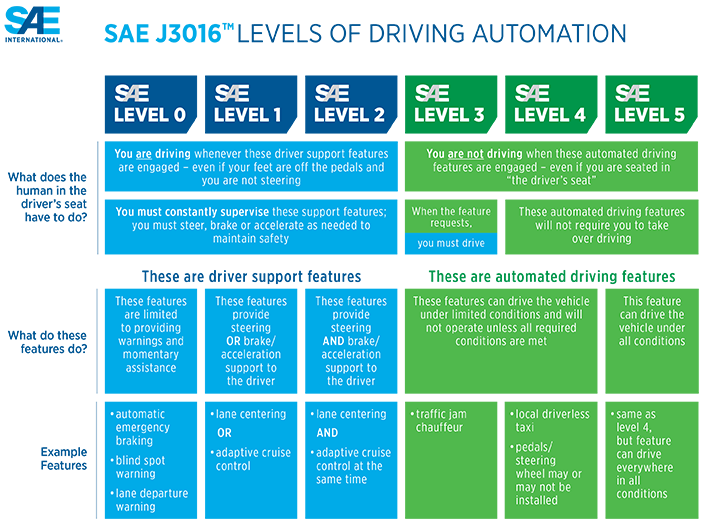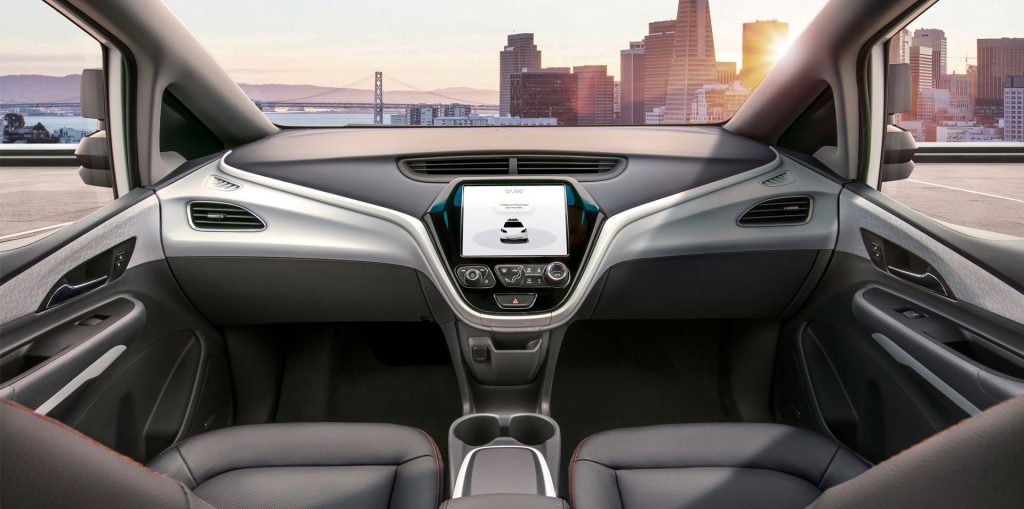You probably have heard it already! Yes, one day your car will drive you to work.
You may rest, scroll through your smartphone or enjoy that delicious drink while your AI-powered self-driving car will be doing all the hard work.
Let’s catch it right there! That’s L5, fifth level of autonomy, fully autonomous. And there are four other levels of autonomy, or five if you consider present-day cars at level zero.
While the automotive industry is trying to keep us optimistic about self-driving cars, reality has no exceptional evidence to support the driverless notion.
L5, full driving automation, is nowhere in sight. Most driverless cars are hovering around the L2-L3 level of autonomy. A strong L4 candidate is absent at present. Even the autopilot pioneer, Tesla, is at L2+.
Before going for a short critique of the self-driving industry, let us know levels of autonomy in a bit more detail.
Levels of Autonomy: L0 to L5
To bring us all on the same page and clear out any confusions regarding driverless cars, SAE, Society of Automotive Engineers, defined the levels of autonomy from level zero (fully manual) to level five (fully autonomous).
Level zero is full human operation. It gets promoted to higher levels as per the degree of independence of the car to handle itself.
Full automation, L5, is the level the self-driving industry is trying to achieve. L5 is expected to handle every situation every time on its own.
That’s the level that will give you complete freedom inside the car. No supervision. No human intervention.
Level Zero: Fully Manual
Most cars driven today occupy level 0.
With no automotive technology, these cars require full human attention every single moment while in motion.
Even cars with features like parking assistance, emergency braking, etc., fall under this level.
Because these features don’t empower the car to drive itself, even for a brief amount of time. It can only assist the driving operations in specific moments.
Level One: Driver Assistance
Level 1 automation enables the car to brake/accelerate or steer at a time.
It can assist the driver to maintain a set speed, keeping a safe distance from vehicles, lane changing, and parking-like functions.
But it can only perform a single driving-related task at-a-time. It can’t multitask: it can’t steer as well as accelerate for you.
So, L1 demands continuous driver attention to avoid the possibility of any mishap.
Level Two: Partial Automation
This level gives the initial taste of automation.
Both steering and acceleration/deceleration can be done simultaneously by the car itself in some conditions.
The rest of the driving is still to be done by the driver. Constant human attention is still needed to take over in case of any emergency.
Present-day Tesla sits slightly above (Level 2+) this level.
Its autopilot can drive on highways and sometimes on city roads. But taking off attention for prolonged periods or in tricky situations has resulted in casualties.
Let’s take a look at Tesla’s autopilot in full swing:
Level Three: Conditional Automation
Level 3 automated driver can independently drive in some conditions. But a human presence is necessary to take back control when asked by the car. So, it’s called conditional automation.
L3 is smart enough to tackle normal driving in ideal conditions such as long highways or traffic jams.
But again, be it bad weather conditions, roadside construction, or any one-of-a-kind situation, human hands must be ready to capture the wheel.
Level Four: High Automation
You can completely trust L4 for driving.
It’ll perform all the driving-related tasks in almost every condition.
And it will ask for human intervention if required. Like a true apprentice, it’ll wait for you to respond. And if you’re unavailable, the car will stop itself safely.

Level Five: Fully Automatic
Welcome to the future!
Steering wheels, pedals, etc., are things of the past.
You’re a passenger. Rest, talk to someone, or google something. Just don’t think of driving. A worthier candidate is in control.
Sit back and relax; you’ll be informed upon arriving at your destination.

That’s L5. Not needing a helping hand, not even in the most tricky situations.
It resembles a human brain, making decisions on its own. In reference to driving, it’s Artificial Intelligence at full potential.
Levels of Autonomy: Summing Up
Not doubting the technological advancements in the self-driving industry, we are hopeful to have autonomous cars somewhere in the next decade.
While achieving L5 can be an impossible reality, the automotive industry is aiming for Level 2+.
That’s Level 2 with some advancements.
Level 3 is believed to be vastly expensive for the end consumer at present. Additionally, legal and infrastructural requirements for Level 3 cars to hit the road are quite significant.
Waymo, Tesla, Audi, Volkswagen, General Motors, Honda, etc., are the top candidates who can propel us to the driverless future.
Some big names are claiming to bring Level 3 to the mass market as early as 2021.
While COVID-19 might have altered the timelines, but we have really touched upon this aspect of commute.
Driving automation is on the horizon.
Hold on to yourselves, for the driverless cars are coming. And it’s going to take the automotive industry by storm!
